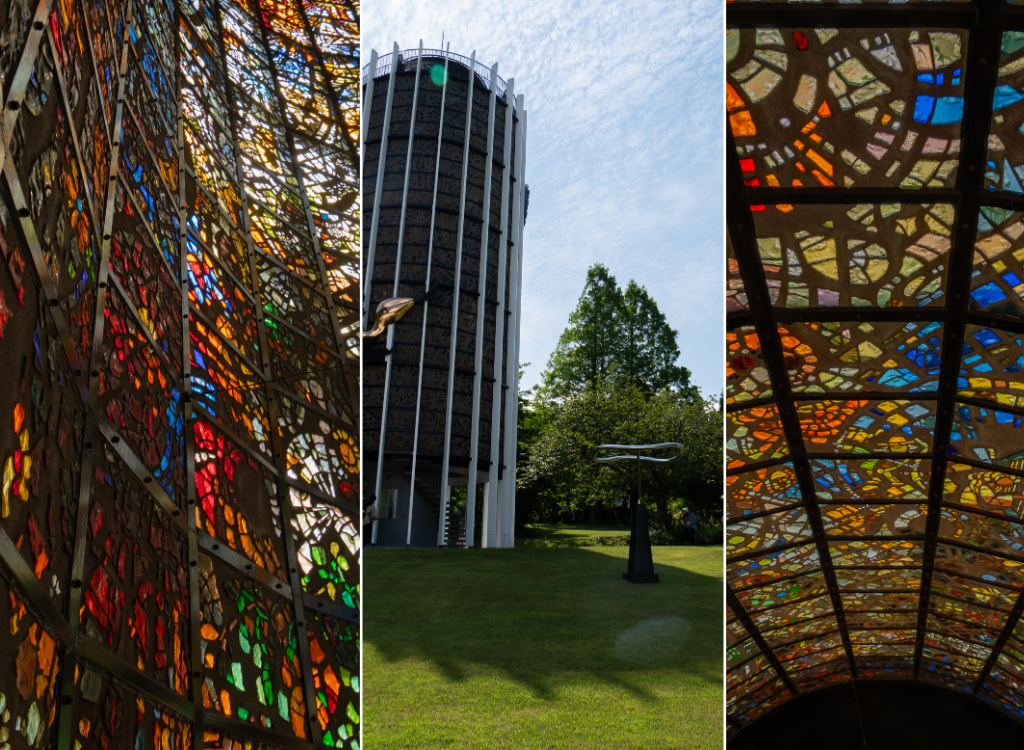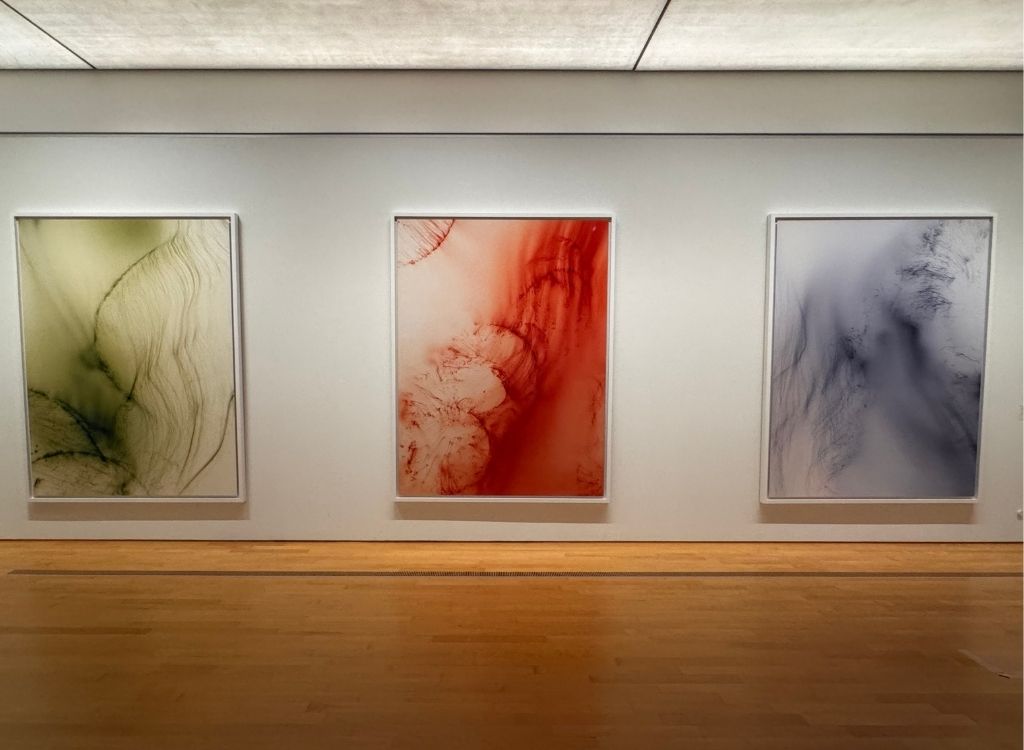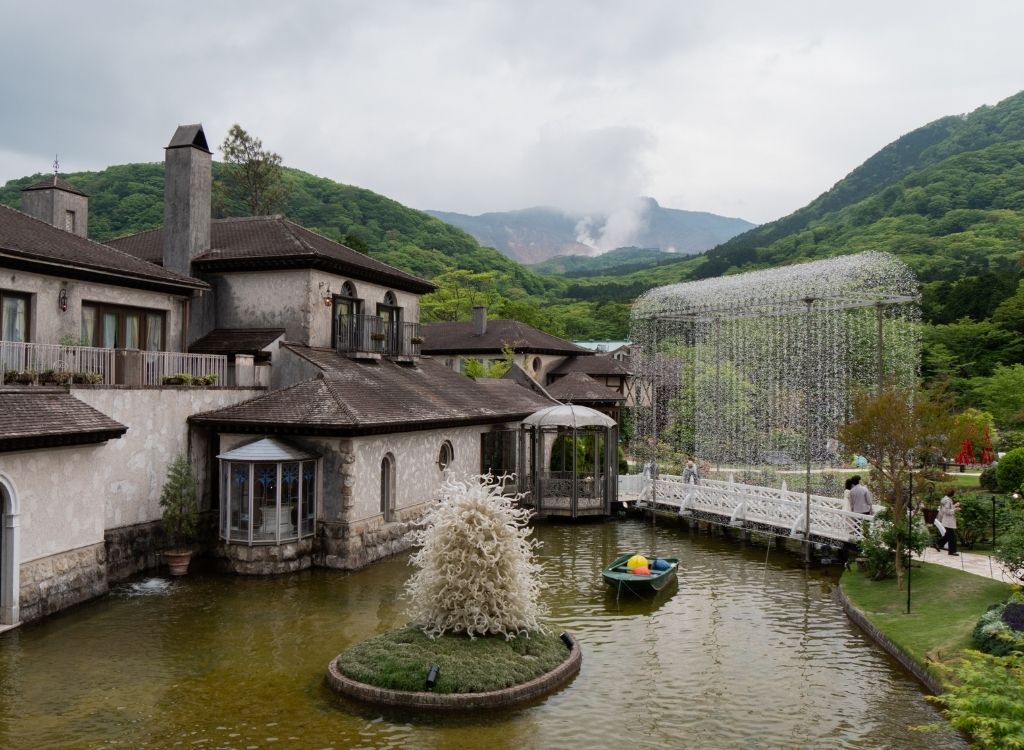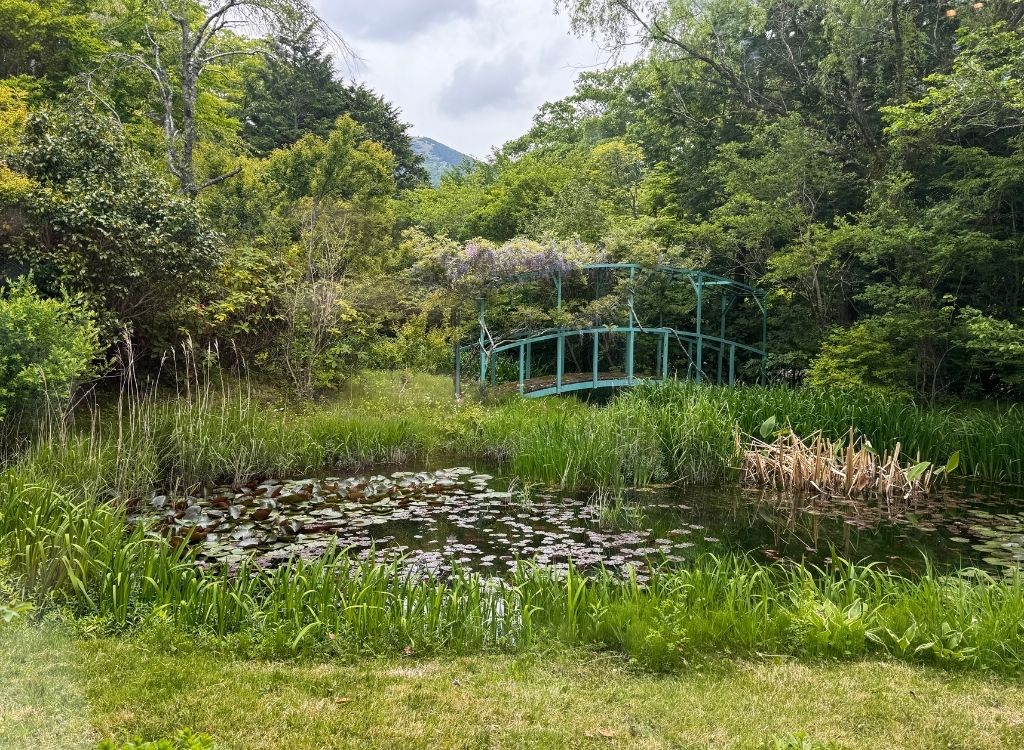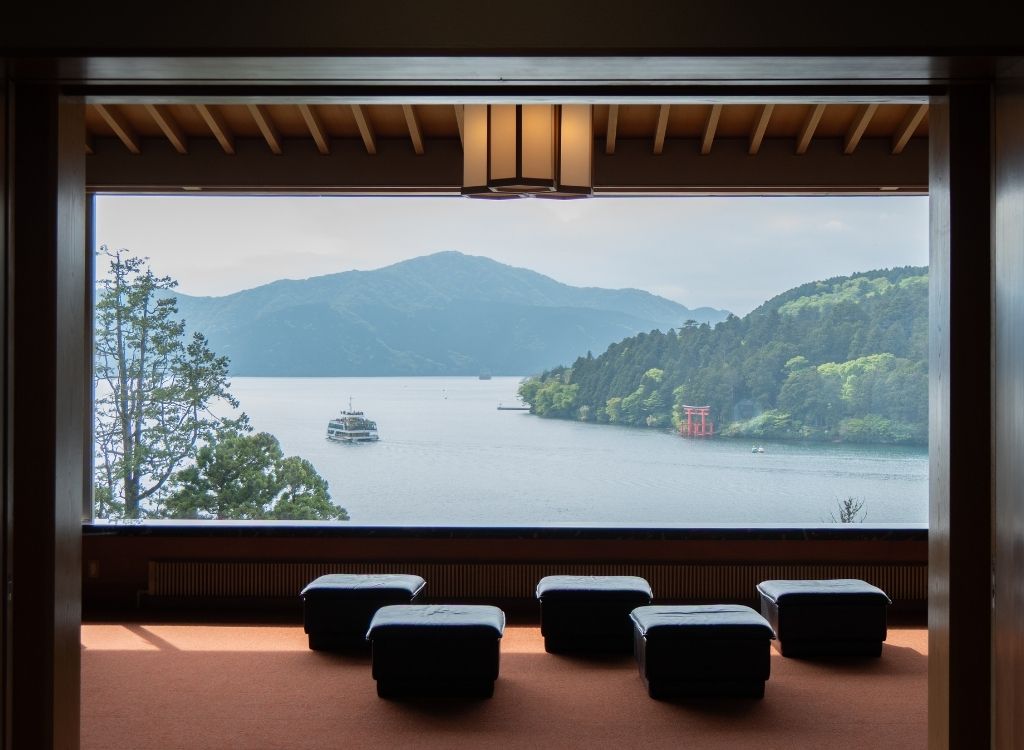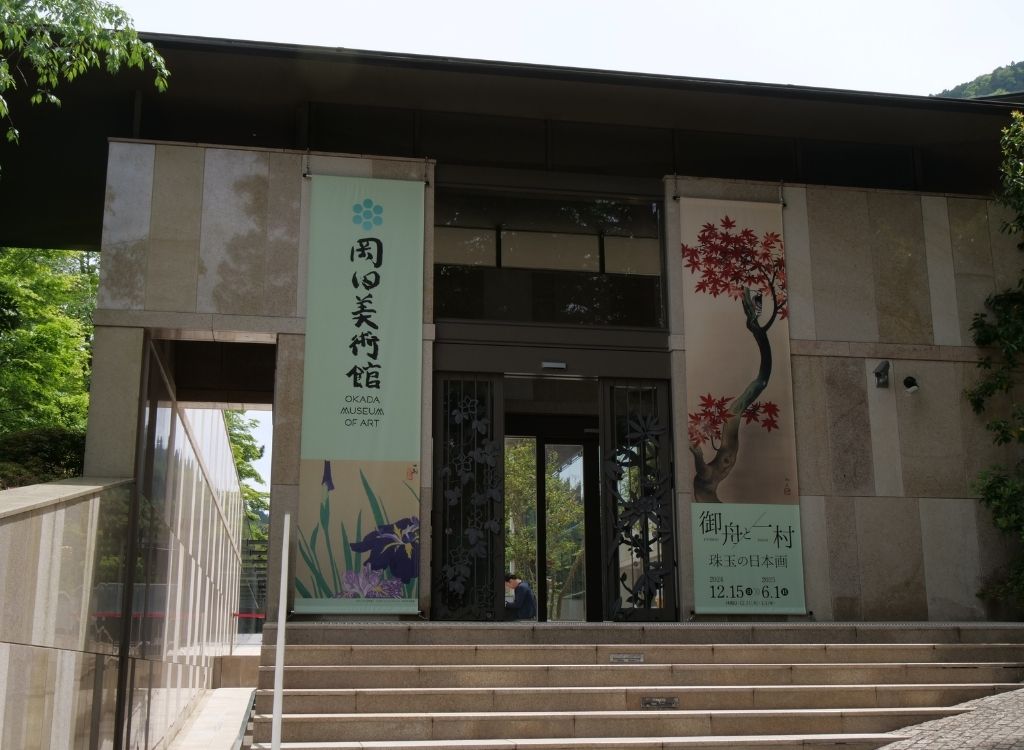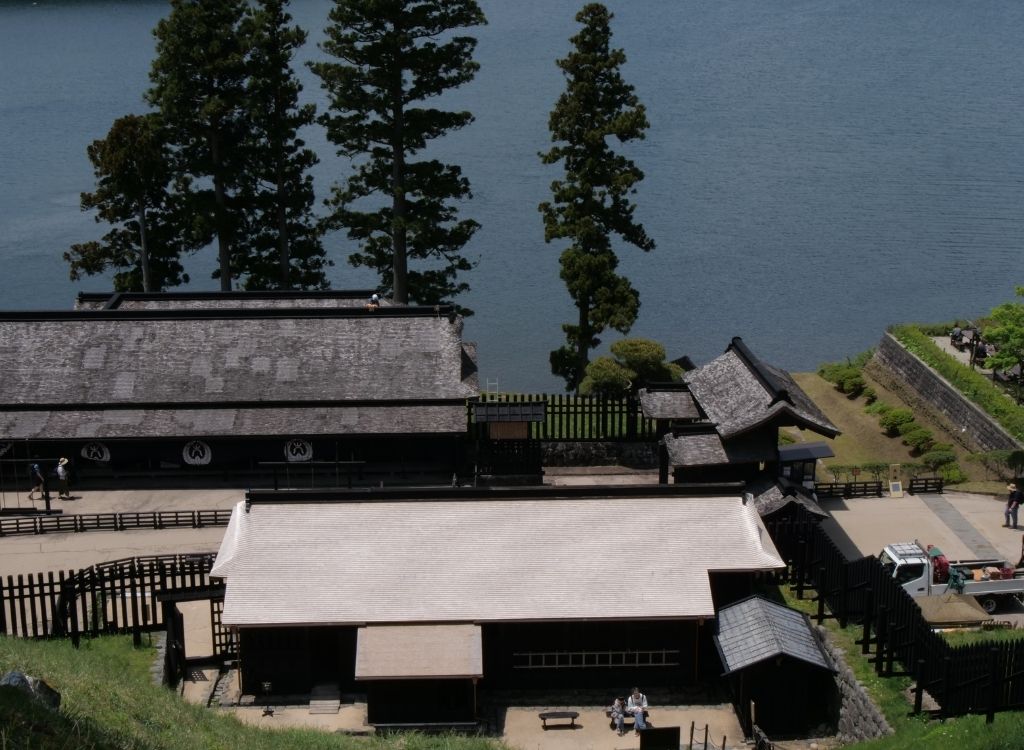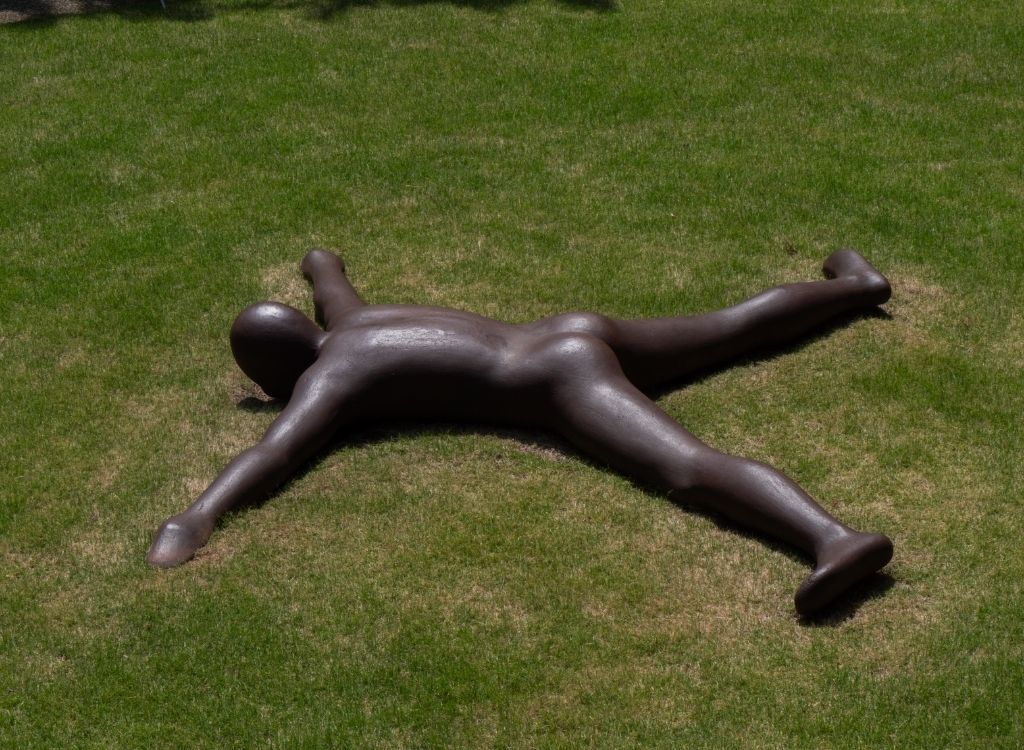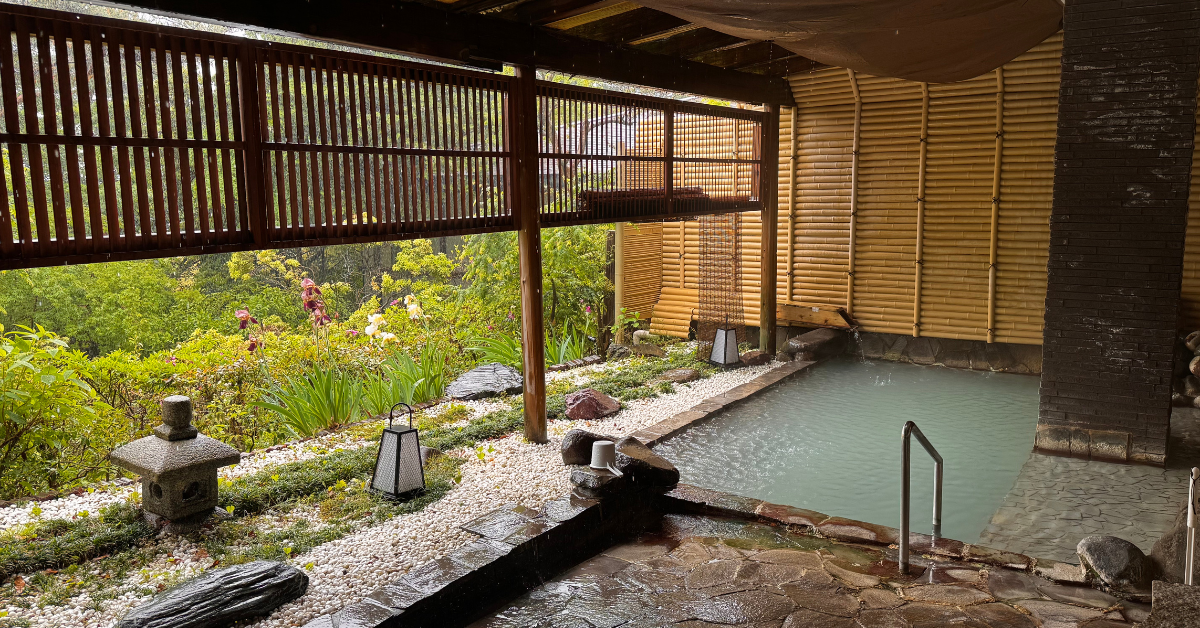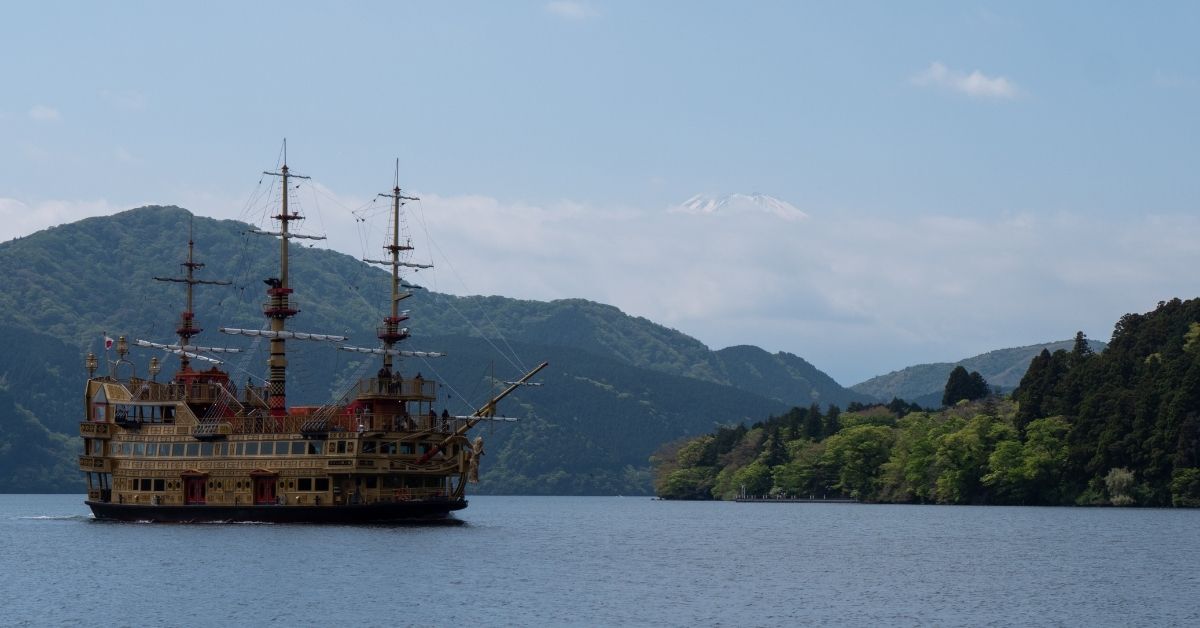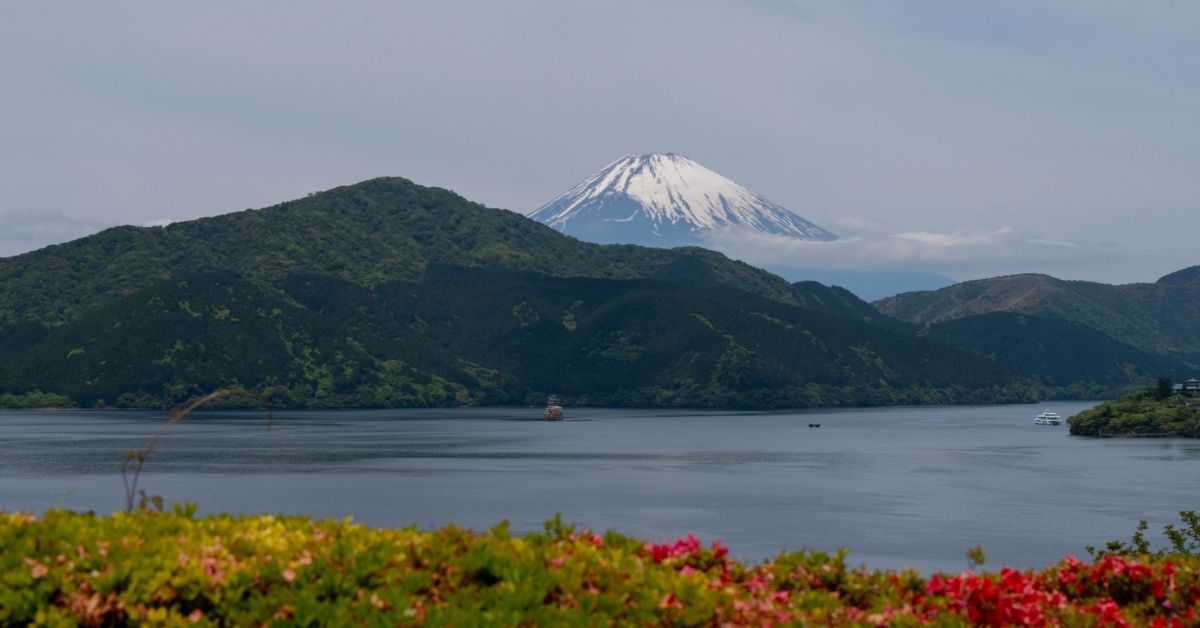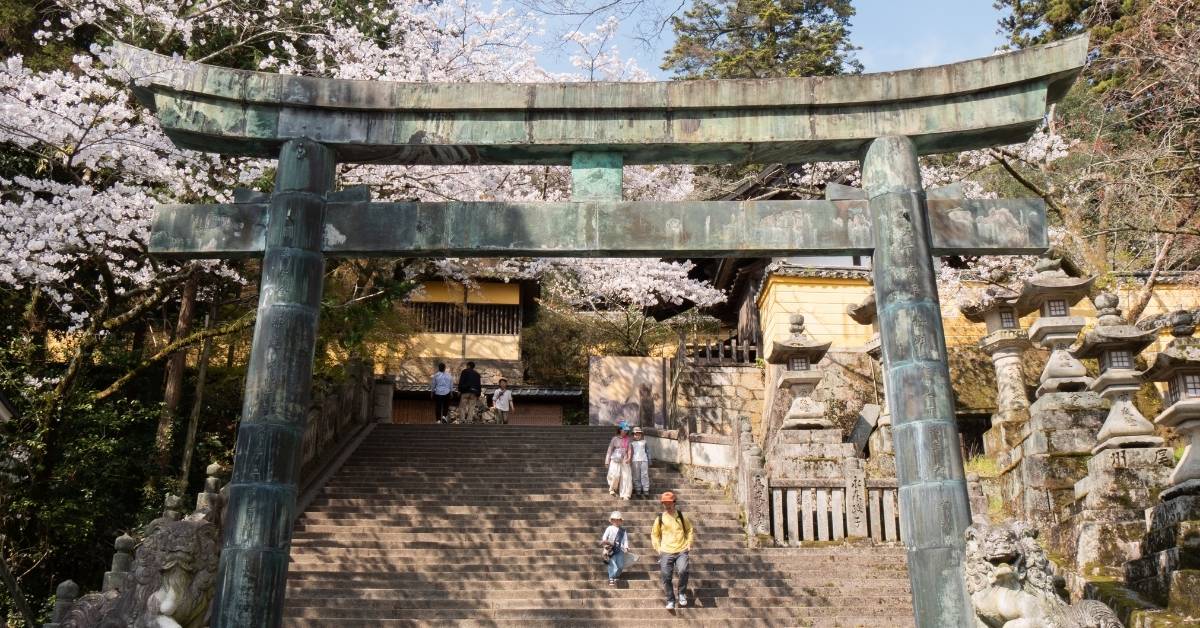
Museums in Hakone: Must-Sees and Practical Tips
Museums in Hakone aren’t usually the first thing that comes to mind when you think of this area—a destination famous for its hot springs, views of Mount Fuji, and scenic ropeway rides. Yet the region is home to a surprising cultural scene, with art, design, and craft museums tucked into spectacular landscapes.
Some, like the Hakone Open-Air Museum or the Pola Museum, impress with their stunning settings and outstanding collections. Both featured in my list of Hakone’s 5 must-sees. Others are more discreet, but win visitors over with their originality, intimate atmosphere, or unexpected themes.
In this article, I share a handpicked selection of the best museums in Hakone—each with a clear overview of what to see, how much time to allow, how to get there, and all the practical info you’ll need. Perfect whether you’re visiting for a weekend or planning a longer stay.
